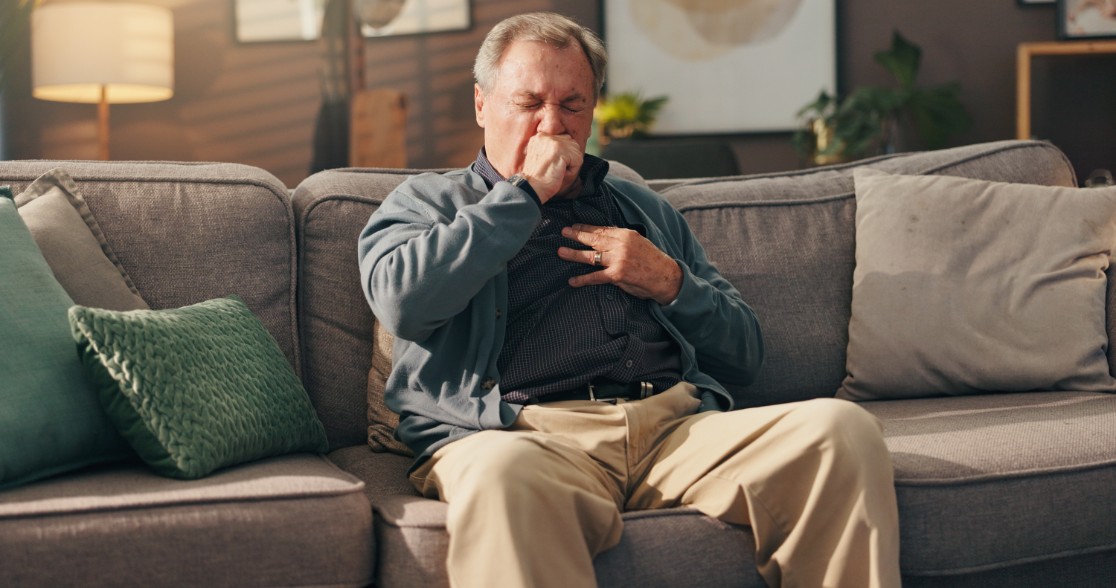Urgent Care vs. Virtual Quick Care vs. ER: A Guide to Getting the Right Care, Right Now
DEC 22, 2025Choosing correctly can save you time, money, and ensure you get the most appropriate and timely treatment.
Read More
April in Nebraska usually signifies spring. Spring is a time of renewal and growth. It also is designated as Stress Awareness Month, something we experience regardless of the season. We live life at a constantly moving pace and stress is an inevitable part of our day. Our stress is from all aspects of our lives, personal and work, and affects mental and physical health. April is a good opportunity to raise awareness about stress, how it impacts our lives, and how we can learn to better manage it.
Stress is a natural reaction to the challenges we face in life. Short term stress causes feelings of anxiety, irritability and restlessness. When stress becomes chronic, it can affect our bodies and minds.
Long term stress can contribute to heightened anxiety, depression, and burnout. It can increase our risk of physical health issues to include high blood pressure, cardiovascular issues, weakened immune systems, stomach issues and body aches and pains. Our sleep may be disrupted leading to increased difficulty the following day. Relationships with our families, friends, and coworkers can be impacted as it makes it more difficult to communicate and nurture these important relationships.
Recognizing the signs of stress is the first step. If you notice you feel overwhelmed, constantly fatigued, or have a change in mood, you may be showing signs of stress.
Stress can be caused by many sources whether they are in our control or not. Common stressors start from work pressure such as deadlines, schedules and expectations. Finances are a common stressor, especially at tax time. Our personal health or the health of family and friends frequently leads to stress. Relationships between family, friends and coworkers can heighten stress. Major life changes such as moving, changing jobs, and world wide events can lead to feelings of uncertainty and unpredictability.
We may not be able to eliminate stress but we can do things to manage and decrease the chaos. Some practical tips to reduce stress and improve your overall wellbeing are listed below.
Adequate rest is essential to manage stress. Our bodies usually need 7-9 hours of sleep nightly for our mind and bodies to recover.
Physical activity has been known for years to decrease stress through the release of endorphins, natural mood elevators. Any movement from dancing while vacuuming the carpet to heading to the gym help to reduce tension and stress.
Take time daily to breathe deep or meditate to help reduce the physical and mental impact of stress. This mindfulness helps to rest the mind and relax.
Personally I love to quilt/sew and crochet. Now it is becoming spring, I look forward to digging in the dirt of my garden. Doing those things you enjoy are a great way to decrease stress.
Talk to family, friends or a professional to hep and work through stressors. Social support helps to buffer from the negative effects of stress.
It is hard to learn to say “No.” It is important to learn how to set boundaries, as overcommitting yourself leads to burnout and increases stress.
If stress becomes overwhelming talking with a therapist, counselor, clergy or psychiatric professional can provide support and guidance. CHI Health offers outpatient mental health therapy when you need it. Contact your primary care provider or CHI Health Behavioral Care.
April as ‘Stress Awareness Month’ is a place to stop and reflect on how stress is affecting our lives. Once we have evaluated our stress, we can formulate ways to assist with its management. Regardless if we are actively managing stress or struggling with its weight, it is very important to remember you are not alone. Prioritizing self care and seeking support when needed are the beginning steps to build resilience. Through this we can better manage stresses that come our way.
Take care of yourself. You deserve it!

Choosing correctly can save you time, money, and ensure you get the most appropriate and timely treatment.
Read More
MS is not rare. It’s estimated that nearly 1 million people in the United States and 2.8 million worldwide live with MS.
Read More
COPD is a group of progressive lung diseases that block airflow and make it difficult to breathe.
Read MoreWhen you need local health information from a trusted source, turn to the CHI Health Better You eNewsletter.